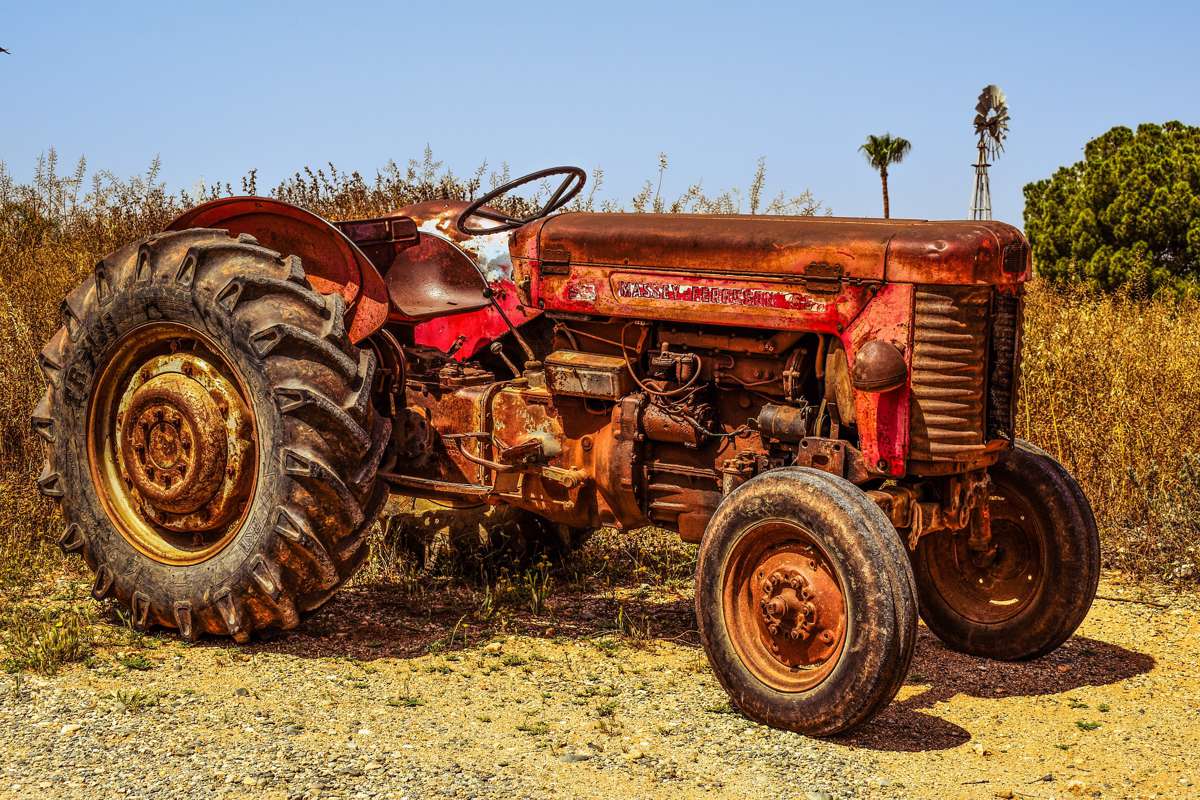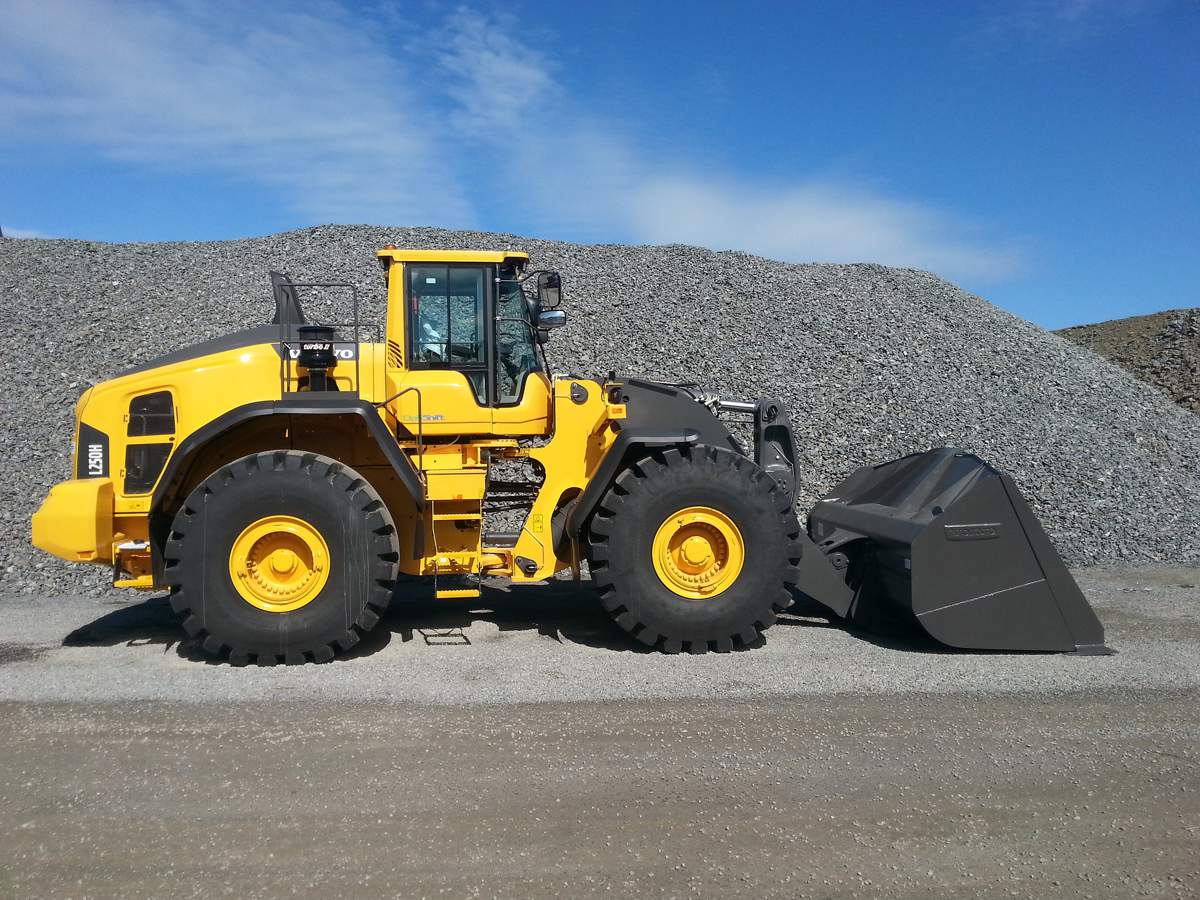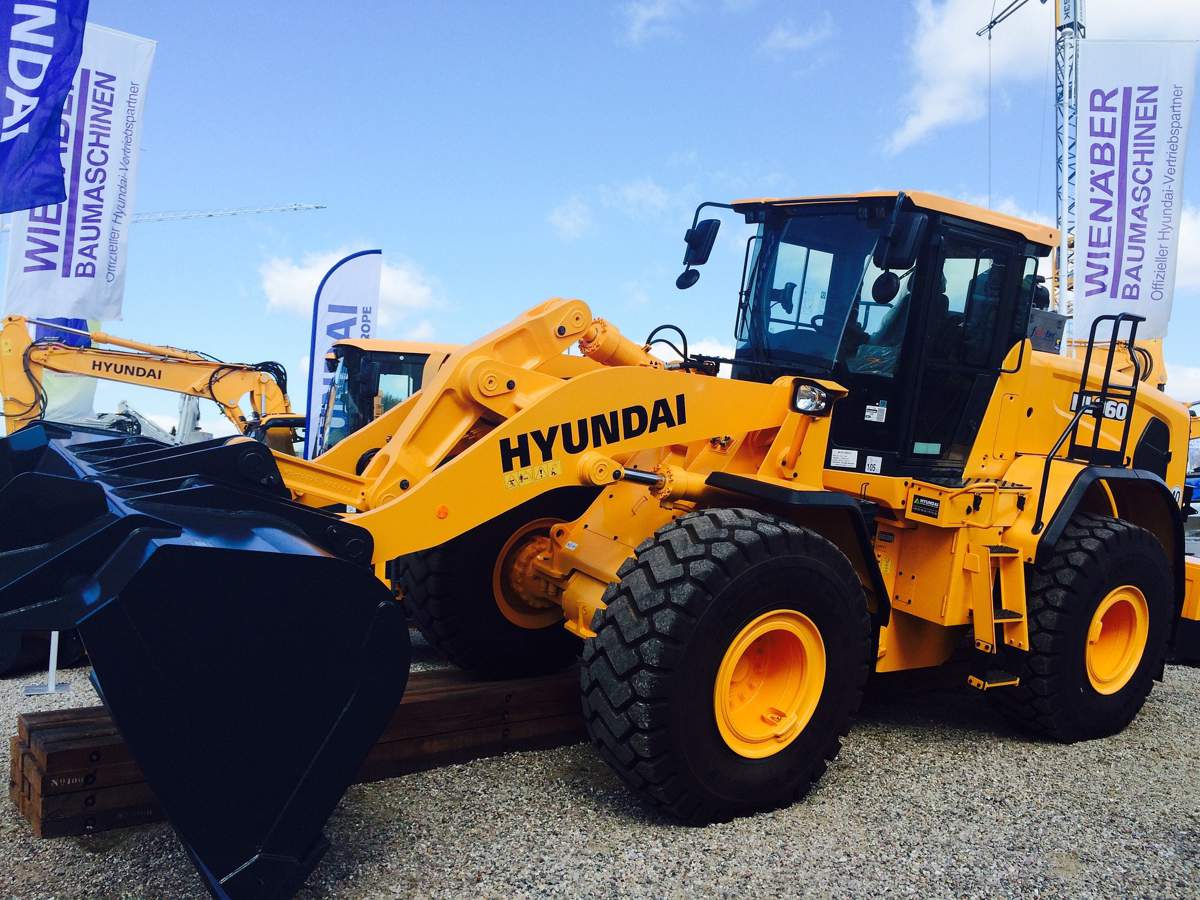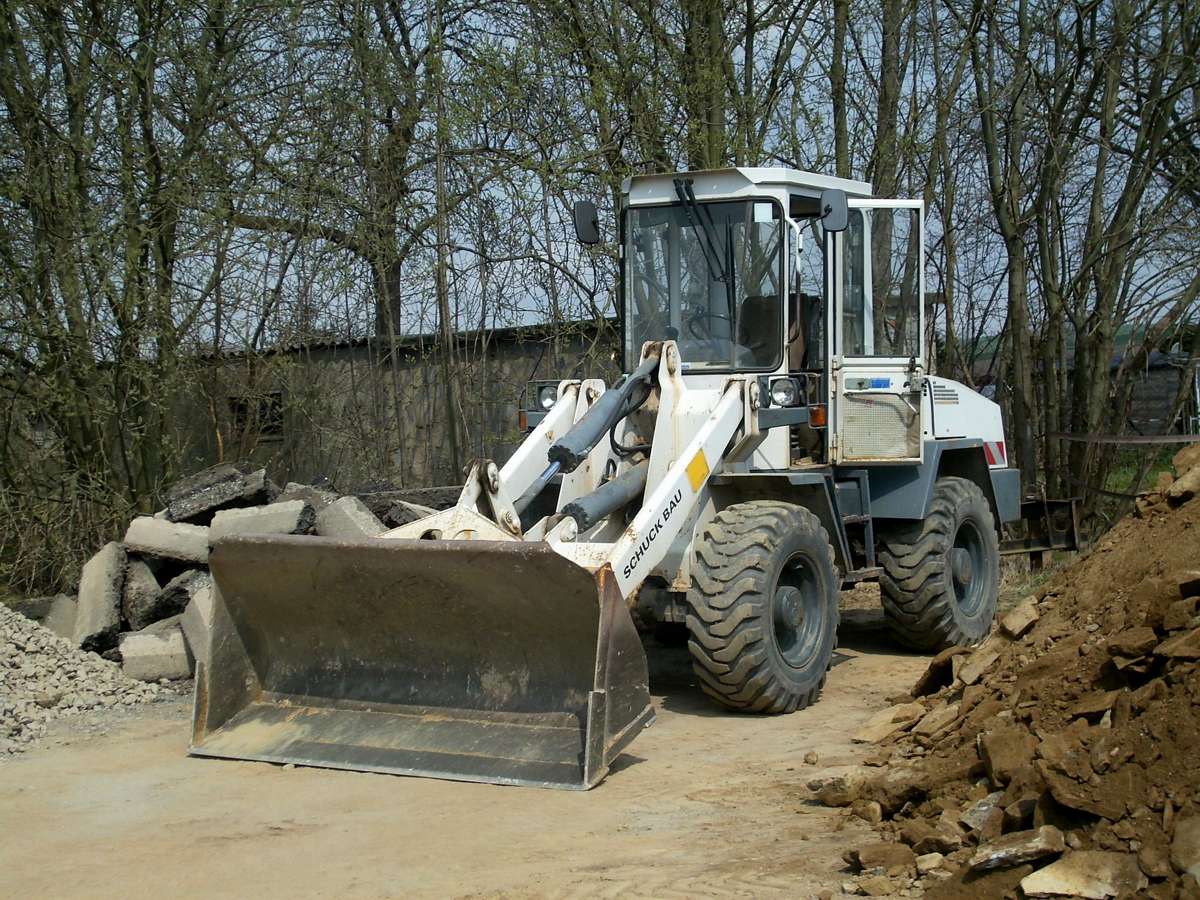Evolution of the Wheel Loader – From Modified Tractors to Technological Titans
Wheel loaders, powerful movers in construction sites and mines, have come a long way from their humble origins.
Today, with a myriad of models tailored for various tasks, the journey of the wheel loader from a makeshift tractor to a sophisticated piece of machinery is a tale worth telling.

The Beginnings: From Fields to Construction Sites
In the late 18th century, steam tractors emerged, signalling a shift from animal-driven farming. Yet, despite the introduction of the internal combustion engine around the 20th century’s dawn, tractor tech remained relatively stagnant. The landscape changed in 1917 when Ford rolled out a frameless, lightweight design enabling mass production.
The 1920s and 1930s saw tractors don modified hats – becoming the first wheel loaders. These nascent versions were simply tractors with cable-operated buckets, lifted via clutches and released by gravity.
E. Boydell & Co., a British firm, provided the impetus for wheel loader advancement in the 1930s. Merging a 28-hp Fordson tractor with a Muir-Hill bucket, they produced an early wheel loader iteration.

Innovations of War
World War II sparked technological leaps across sectors. Post-war, in 1947, JCB and Wain-Roy pioneered hydraulic systems for excavator buckets. These early versions were small, mounted on tractors, and unsuited for the heavy lifting tasks of loaders.

Milestones in Wheel Loader Evolution
By 1954, Volvo had released the H-10, a wheel loader with a novel attachment bracket. Resembling an upside-down tractor, its front-end cabin and bucket allowed efficient weight distribution. Meanwhile, Liebherr’s Elefant Type 90 showcased skid-steering, where wheels on each side operated independently, permitting on-the-spot turns.
The articulated joint’s introduction was a game-changer. This design, where the frame splits and connects via a vertical-axis joint, debuted in 1953 with Mixermobile Manufacturers’ Scoopmobile LD-5. Though Mixermobile had varied models, industrial success eluded them. It was only when the Euclid Division of General Motors unveiled the L20 and L30 models in 1959 that this design truly took off.

Modern Titans of Construction
Over the years, the focus shifted to enhancing wheel loaders’ strength, size, and payload. Today’s spectrum spans from modest 2 t models with 25 hp engines to behemoths like the LeTourneau L-2350, boasting a 2300 hp engine and a whopping 72.6 t load capacity, serving the Triton North Rochelle Mine in Gillette, USA.
With over 20 manufacturers, including giants like Cat, Volvo, and Hitachi, the wheel loader market has never been more vibrant. Surplex, a prominent industrial auction house, regularly offers machinery from these esteemed manufacturers. Their next auction on 26 October features a host of construction equipment, including the Volvo L110H and Doosan Mega 500-V wheel loaders.
In the vast landscape of wheel loaders, it’s vital to select the machine best suited for one’s needs. Whether brand new or pre-owned, the right equipment can be the difference between a job well done and one left wanting.




















